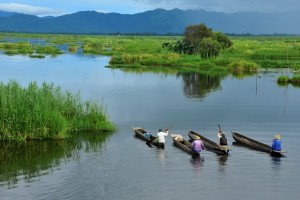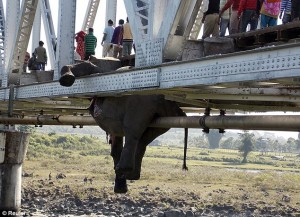There are large concentration of wind energy farms in the deserts and grasslands of Kutch and Rajasthan — and a great push for their further expansion. These grasslands, usually dismissed as ‘wastelands’, are throbbing ecosystems, harbouring some of our rarest wildlife, including the critically endangered GIB, lesser floricans, wolves, blackbucks, wild asses and caracals. The Union Ministry of Environment & Forests’ guidelines for GIB recovery programme cites wind turbines as a “major threat to the these low flying birds”, and have strongly advocated that such bustard-unfriendly development be curtailed.
In a recent visit to Rajasthan’s Desert National Park, I saw the devastation first hand. Outside the park, the entire landscape is an endless wind farm (in fact, this region has one of the largest such farms in the world). The turbines are lethal for the birds, and along with transmission lines that criss-cross the landscape, allows no safe flyways to the GIBs, Houbara Bustards, vultures and other raptors that this region is known for. Forest staff and researchers working here assert that the GIBs have abandoned areas where wind mills have come up — a fact corroborated by conservationists in Kutch.







